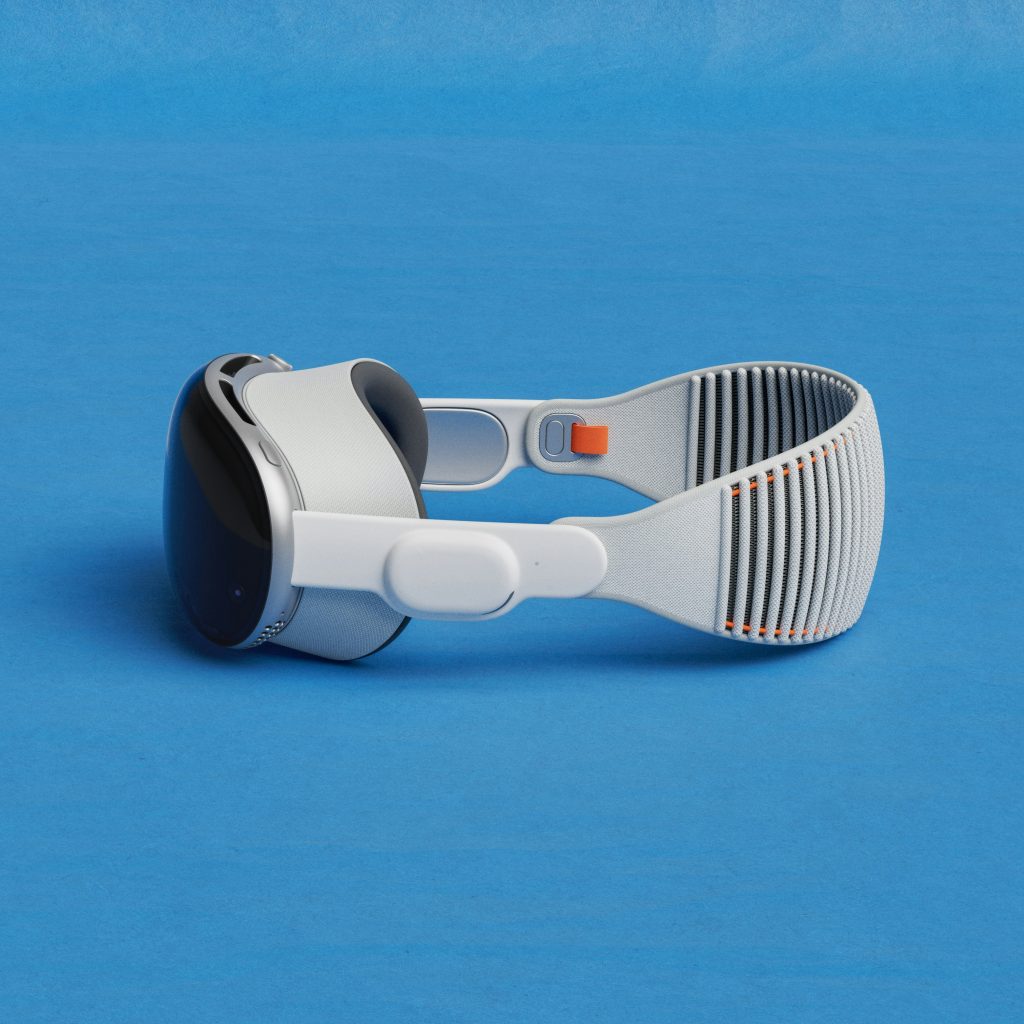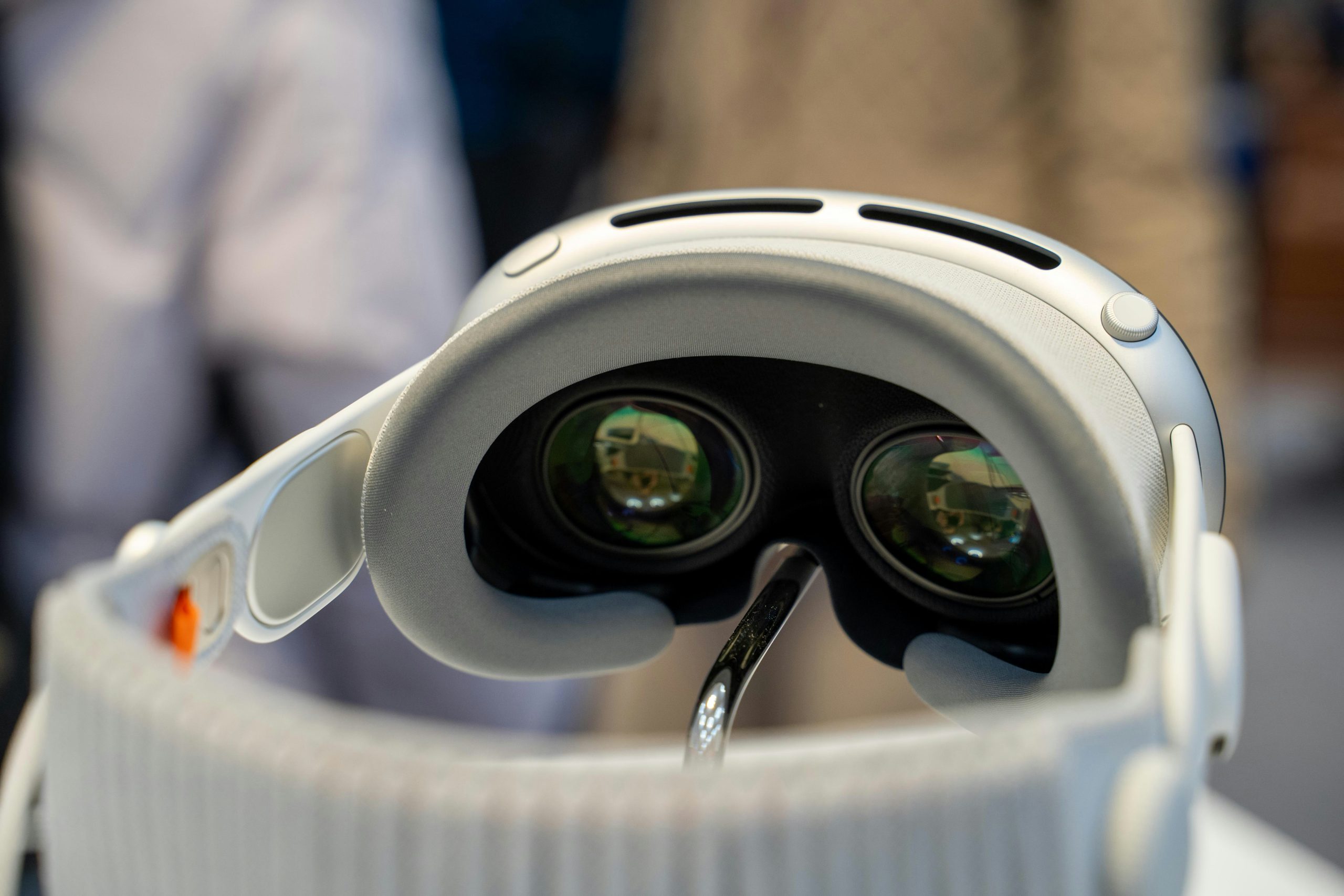Augmented Reality Glasses: Ready for the Mainstream?
2 Intro: From Sci-Fi to Sidewalk
1 AR glasses have long been a dream of tech visionaries — remember Google Glass?
2 Now in 2025, we’ve got a new generation: sleeker, smarter, and actually useful.
3 But are they finally ready to go mainstream — or are we still in early adopter land?
3 Current Players in the Space
4 Apple Vision Pro (AR-heavy XR)
1 Premium, mixed-reality headset — not quite glasses, but paving the way.
2 Sets the standard for spatial computing, UI, and app ecosystems.
5 Meta Ray-Ban Smart Glasses (Gen 2)
1 Lightweight, stylish, with voice AI and camera.
2 Livestreaming, photo capture, hands-free assistant.
3 No full AR overlay, but a stepping stone.
6 XREAL Air 2 / Air 2 Ultra
1 Glasses that project virtual screens into your real space.
2 Great for media, productivity, and travel — true HUD feel.
3 Getting closer to the sci-fi vision.

7 Magic Leap 2 / HoloLens 2 (Enterprise)
1 Still too bulky and pricey for casual use.
2 Leading in industry: surgery, manufacturing, training, defense.
8 Why AR Glasses Could Go Mainstream Now
9 Form Factor Improvements
1 Lighter, more wearable designs.
2 Better battery life and improved optics.
3 Sunglass-style options finally look “normal.”
10 AI Assistants Everywhere
1 Onboard smart assistants (Meta AI, Siri, Gemini) that feel native and voice-first.
2 Perfect pairing with glasses for ambient computing.
11 Less Phone Dependency
1 Wearables could reduce screen time — imagine glancing at directions, messages, or workouts without pulling out your phone.
12 Consumer Curiosity Is Growing
1 Younger generations open to trying wearable tech.
2 Creator tools, hands-free productivity, and lifestyle enhancement are appealing.

13 Challenges Still Holding It Back
14 Display & Tech Limitations
1 Field of view is still limited.
2 Projection quality in sunlight and real-world situations is inconsistent.
15 Battery Life & Heat
1 Smaller size = smaller battery.
2 Comfort + heat = ongoing engineering challenge.
16 Privacy & Social Norms
1 Cameras on glasses freak people out.
2 Expectation of being recorded isn’t fully socially accepted.
17 Cost vs Value
1 Most “real” AR glasses still $500–$3,000.
2 Many consumers don’t yet see a must-have feature set.
18 What Needs to Happen
1 Better integration with daily life (calls, notes, nav, messaging, translation).
2 App ecosystem built for AR-first design, not just phone ports.
3 Killer use case (remember how the iPhone needed the App Store boom?)
4 Lightweight AI-powered UX that actually helps, not just impresses.
Conclusion: Are They Ready?
Not quite mainstream yet — but closer than ever.
We’re in the “iPhone-before-the-App-Store” phase of AR glasses.
The pieces are coming together:
1 Good hardware
2 Decent design
3 Strong AI layer
4 No killer use case… yet.






